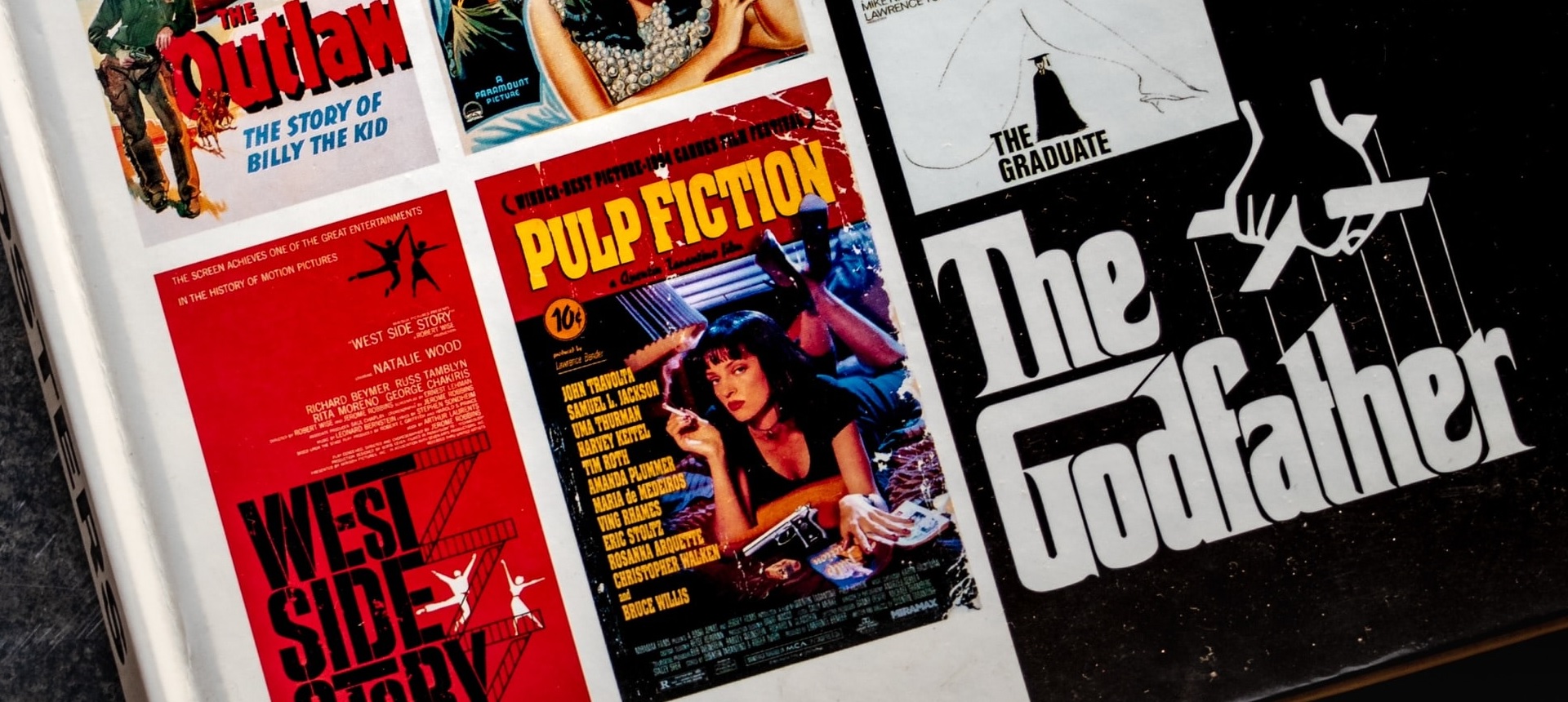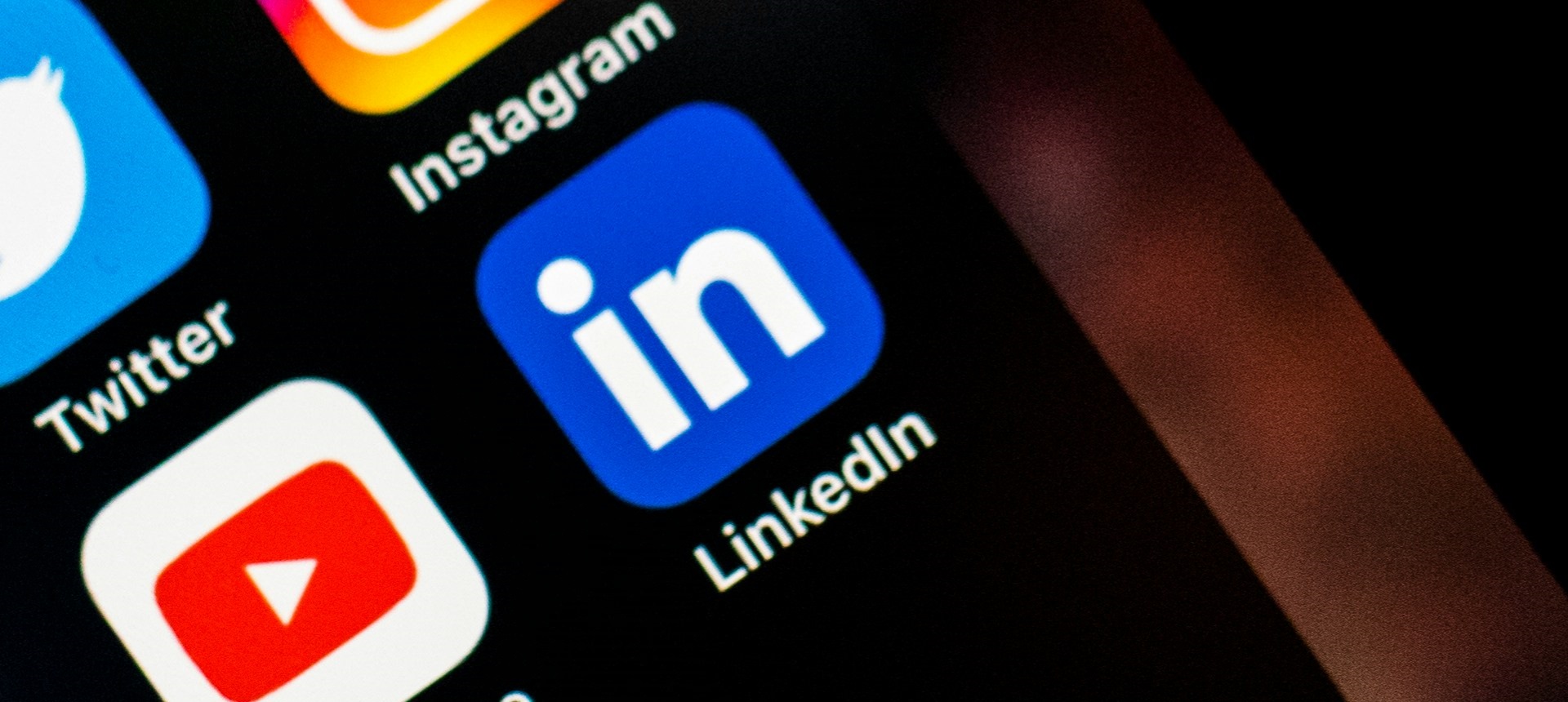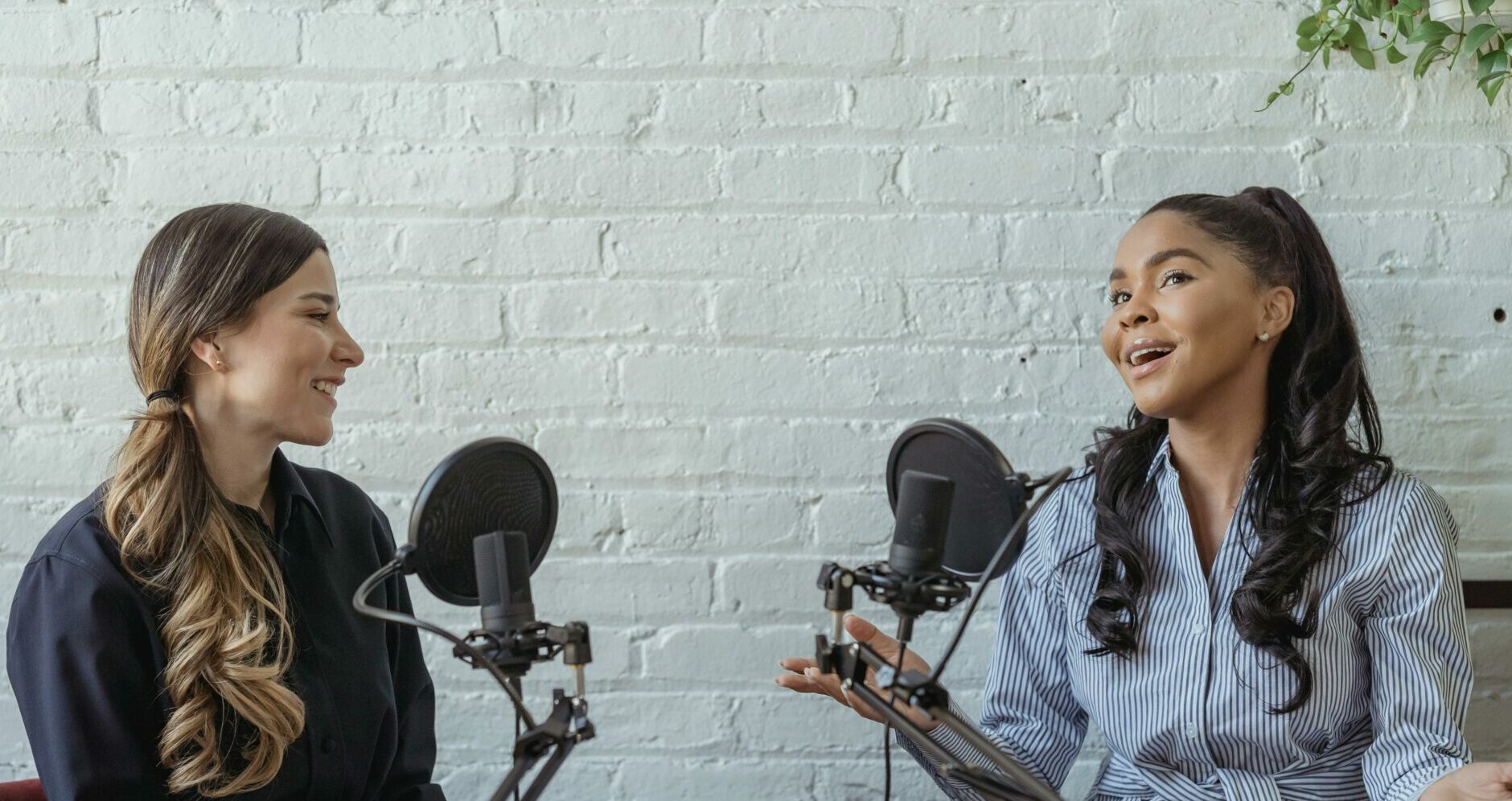I’ve been in the news lately, though I wasn’t named specifically: I recently cancelled my Netflix subscription. And my experience offers a valuable lesson for connecting with customers – or potential customers – with the right content.
A smart business knows its customers. You can do that through market research or by analysing data from customer interactions like phone calls and emails. You can also task your field staff – service techs or salespeople – to talk with customers about their concerns, what they like about your company, what they need and what would make them happy. You can then use that information to drive better customer service.
Content creation is part of that. After you understand your customers, you need to connect and communicate with them using content that addresses their wants and needs. It’s an incredible gift to be able to communicate directly with customers and get feedback in real time. But if you’re not tailoring communications to customers based on the information they give you, there is a risk that your message will fall flat.
Worse still, you might antagonise them.
Are you making them an offer they can refuse?
I’m a cinephile. You know, the type of person who watches foreign films you’ve never heard of and talks about symbolism and mise en scène. But I also love plenty of Hollywood films.
I was a relative newcomer to Netflix, joining in June 2019. I signed up for the most expensive 4K package, so I could enjoy high-resolution video, eye-popping HDR, surround sound – the finest that Netflix had to offer.
Since signing up, my subscription fee increased every year – from $16.99 + tax in the beginning, to $20.99 + tax when I cancelled. And, during that time, Netflix cut the bandwidth it allocated to each 4K stream, claiming improved algorithms meant there would be no decrease in quality. That, combined with the service filling itself up with a lot of things I wasn’t interested in, led me to cancel.
After I cancelled, the service offered me lower-quality, lower-priced plans. I had to conclude that the company had no idea who I was or what I valued.
Since I’ve cancelled (about one month ago at time of writing), I’ve received several emails from Netflix. One subject line reads “William, come back for just $9.99.” The message contains a “Rejoin Today” button. But when I clicked it, I discovered that monthly price was for the lowest-quality tier of service (480p standard definition). Since then, I’ve received several more solicitations, all operating on the assumption that I’d jump at a low-cost service even though it was a downgrade from the service I had subscribed to for nearly three years.
Netflix could have tried wooing me back by talking about its many classic films, Oscar winners and diverse selection of world cinema – all those things that are important to me. And that’s why part of me misses having Netflix. The company has my watchlist, my ratings and my watch history, so it knows my preferences well. But instead of targeting me that way, it sent me multiple messages basically saying, “Hey! Come subscribe to our lowest tier of service. It’s cheap enough that even you can probably afford it!”
Top-tier content builds the bottom line
Getting the right message isn’t just about making customers feel good. Consider the bottom line. As a top-tier subscriber, I was paying Netflix more than twice as much as the lowest-tier subscribers and 27 per cent more than mid-tier subscribers. I’d guess that a good part of that extra was pure profit. Subscribers at the top tier are, I suspect, less price sensitive and consider other things to be more important than cost when selecting/maintaining a streaming service. To connect with such subscribers, you’d ideally use different marketing content than you would for more casual and price-conscious viewers.
That’s what we believe, anyway. When we talk with you about the content you want us to create, we’re going to have questions about who your customers are. We’ll ask what’s important to them. We’ll ask about emotional connections, customer feedback and what responses you want from your content. This helps to ensure your message will make a positive connection. Otherwise, you risk pushing customers away.
A positive emotional connection matters. If a customer feels a positive connection with your company, there’s a greater chance they’ll buy, a greater chance they’ll come back and a greater chance they will promote your brand. Create a negative emotional connection, though, and they’ll…, um…, write blogs complaining about their experience.








